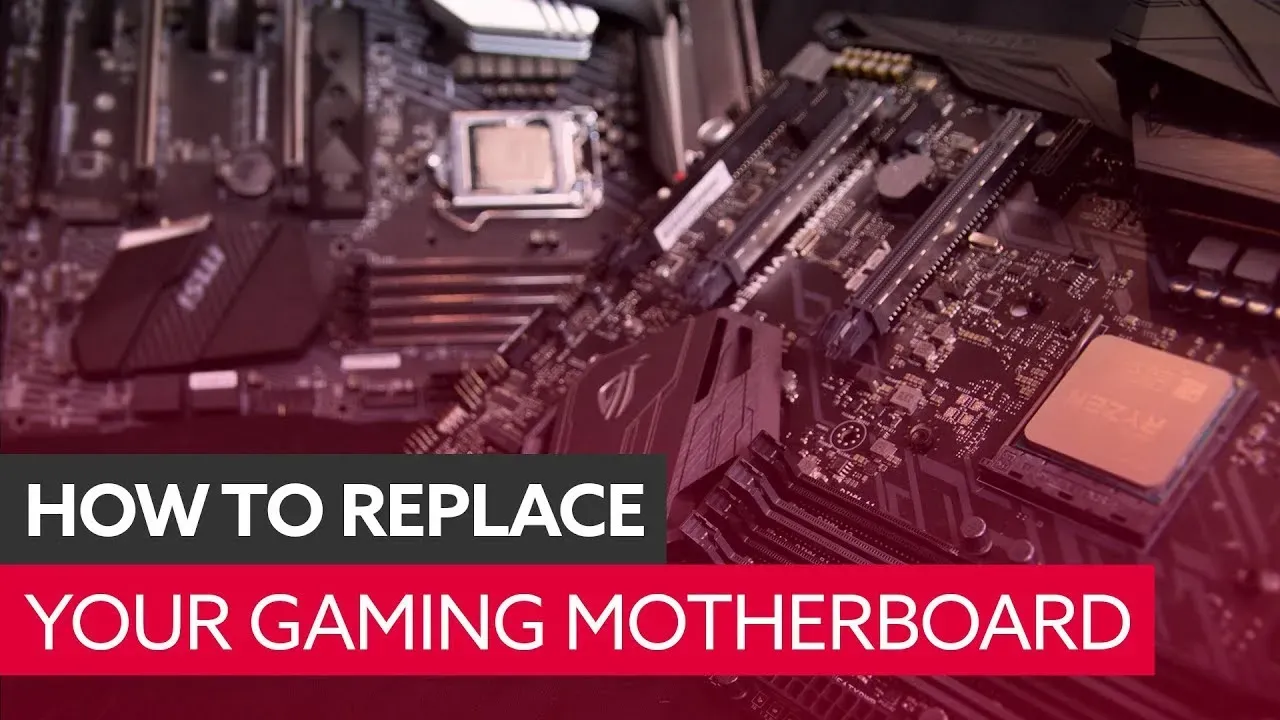
When to Replace Your Business PC Hardware: Signs and Strategies for Success
As the years progress, South African businesses must wisely assess when to replace their PC hardware for optimal performance. According to Werner Joubert from ASUS, the decision hinges on the device’s effectiveness in meeting modern IT demands, particularly in light of Windows 10’s upcoming end-of-life on July 2, 2025. By understanding signs of aging hardware, like outdated platforms and poor multitasking abilities, companies can ensure sustained productivity and competitiveness in an evolving market.
Identifying Hardware Replacement Needs
For businesses, limited application compatibility can be a key sign that hardware is due for replacement. Devices not supporting essential updates or new software must be upgraded to maintain productivity.
Performance issues, such as slow application responses or frequent crashes, can suggest aging hardware. As reported by ASUS, staying aware of these indicators is vital for business function.
A noisy fan or excessive heat may indicate a system struggling to meet demands. Companies experiencing these issues should evaluate their hardware and consider proactive replacement or upgrades.
Establishing a Strategic Upgrade Cycle
A well-defined PC lifecycle policy is essential for effectively managing hardware needs. This approach allows organizations to allocate resources based on specific user requirements and workload demands.
By proactively replacing outdated hardware, businesses can enhance their competitiveness. ASUS emphasizes that modern technology supports innovative capabilities and responds better to evolving market demands.
Incorporating sustainability into hardware upgrades can also reduce environmental impact. Businesses should consider ethical disposal and recycling practices when transitioning to newer systems, as suggested by ASUS.
As South African businesses navigate an ever-changing landscape, strategic PC hardware upgrades are essential. Recognizing the signs of aging technology and implementing a structured lifecycle policy can enhance productivity, reduce environmental impact, and ensure operational agility in a competitive marketplace.
Let us know your thoughts by leaving a comment below!
Don’t forget to share this article with others who may find it helpful.







